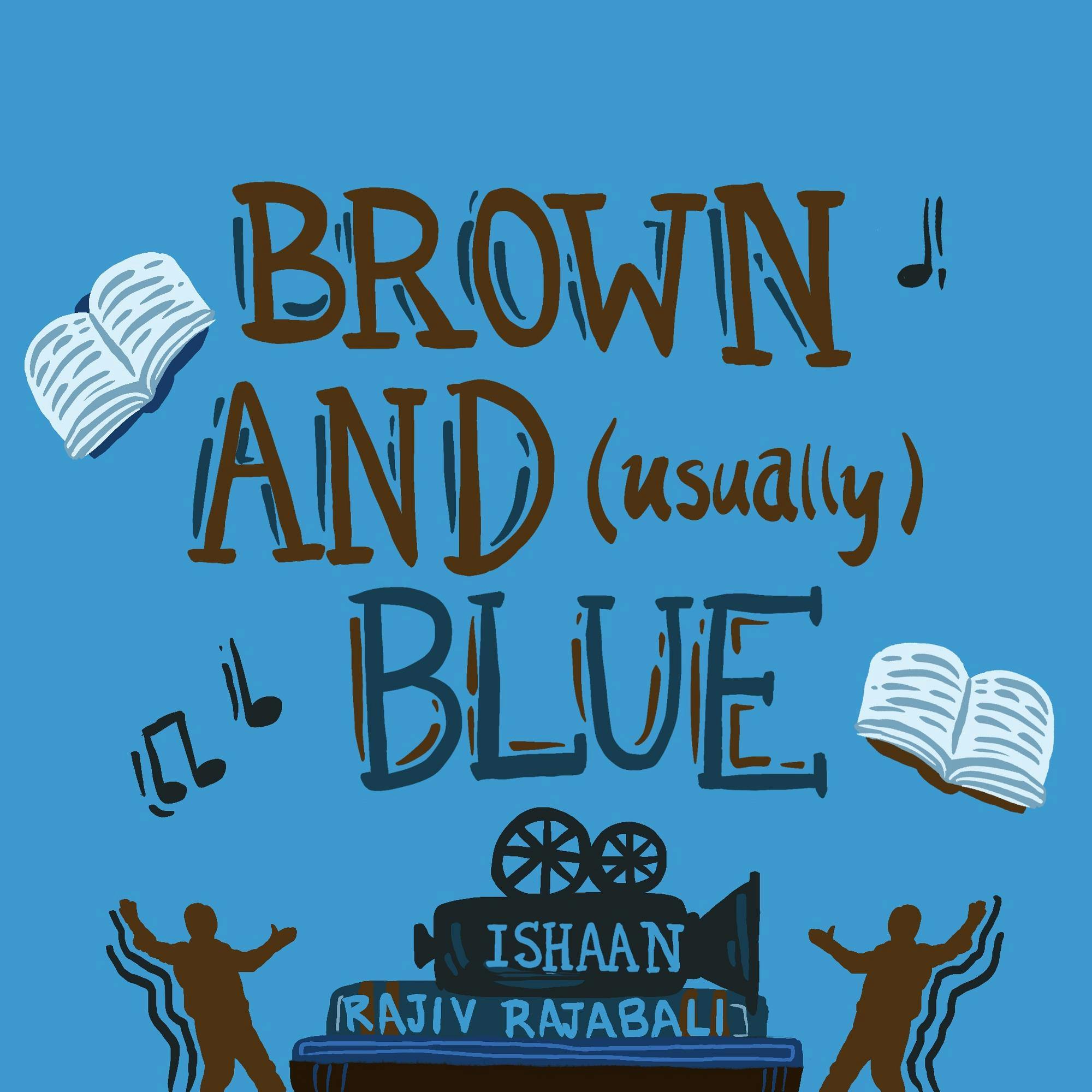Disclaimer: This article contains spoilers for the 2001 Hindi film “Lagaan.”
Since the institution of the Academy Award for Best International Feature Film, only three Indian movies have ever received nominations. The first, “Mother India” (1957), is a classic, interweaving political commentary with a narrative of a determined farmer. The film follows a rural woman named Radha and her struggle to nurture her family, village and land. The piece uses her resilience as a marked metaphor for an Indian nation in the aftermath of independence. The second movie was nominated in 1989 and is titled “Salaam Bombay!” (1988), which roughly translates to “I salute you Bombay!” The directorial debut of Indian-American filmmaker Mira Nair, the film follows the children of Bombay’s slums, providing a heartfelt narrative and social commentary on the “maximum city.” The movie set a high standard for what has since proven to be an impressive filmography for Nair. The third film, “Lagaan” (2001), which translates to “Land Tax,” is considered to be one of the most beloved films of 21st century Hindi cinema.
“Lagaan,” subtitled “Once Upon a Time in India,” is a romance, an underdog story and a musical wrapped up in one epic feature. The film follows a drought-stricken Indian village burdened by colonial taxation and villainous overseers. Bollywood superstar Aamir Khan stars as Bhuvan, a strapping young farmer and hero of the feature. When the local ruler’s petition for an exemption from the annual tax fails, the villagers attempt to make a case for themselves. They interrupt a game of cricket, and when Bhuvan mocks the game, the British captain (Paul Blackthorne) presents them with a challenge. If the villagers win a cricket match against the British, they will be excused from paying tax for the next three years; if they lose, they must pay triple the usual tax. The stakes are set, and so begins the story of our unlikely heroes. Over the next roughly four hours, Bhuvan assembles a formidable team, bursts into inspiring song and romances the village belle Gauri (Gracy Singh) amid sand dunes and bullock carts.
“Lagaan” was screened at several international film festivals and enjoyed widespread acclaim overseas. While the film’s appeal to diverse audiences emerges from an international cast, historical setting and a universal David vs. Goliath conflict, the movie remains loyal to its Bollywood roots. Blending melodrama with historical commentary, the film confronts community ties and casteism through a host of characters from different backgrounds. The team is a diverse one, including an — albeit outdated — marginalized character named Kachra, which literally translates to “garbage,” who finds wider acceptance through joining the team via Bhuvan’s encouragement. Scenes of rousing patriotic monologue are interspersed with Oscar-winning composer A.R. Rahman’s stirring melodies. There is also a love triangle subplot between Bhuvan, Gauri and Elizabeth (Rachel Shelley), the captain’s sister who aids the villagers in their task. Elizabeth even gets in on the Bollywood-esque action, crooning a love song in her fantasies with Bhuvan.
Despite its lengthy run time, “Lagaan” is a thoroughly enjoyable watch, offering a classic underdog story as a balm for a still-healing historical wound. Where the impotency of the ruler fails, it is the peasants who secure their victory through sheer grit, and their reward is respite. Respite from the tax, respite from the drought and respite from indignity. It is no surprise that the film is dedicated to the unsung heroes of India’s independence struggle. You’ll sing, you’ll cheer and, by the time the thrilling match rolls by, you’ll be on the edge of your seat. What more can one ask for?






